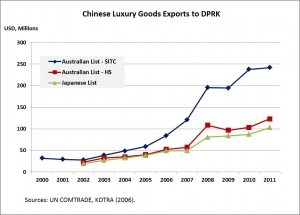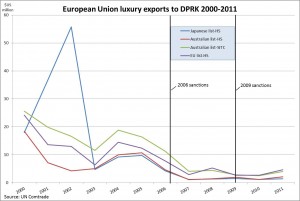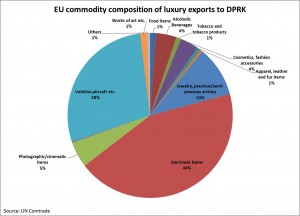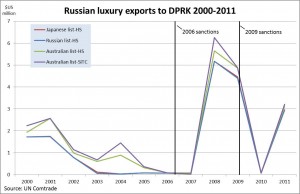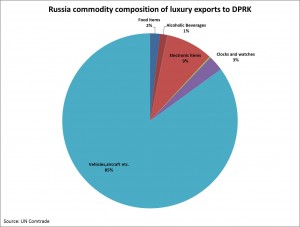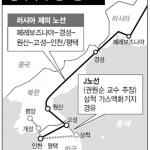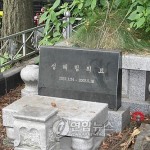Institute for Far Eastern Studies (IFES)
2013-9-12
After North Korea’s launch of a long-range rocket in December 2012 and third nuclear test in February 2013, China endorsed UN sanctions against North Korea. Consequently, North Korea appears to be increasing its economic cooperation with Mongolia and Russia.
On September 6, the 7th annual Northeast Asia joint high-level forum was held in Changchun (Jilin Province), China. Ku Bon Tae of the DPRK Ministry of Trade is reported to have been present and to have delivered a presentation on North Korea’s recent economic cooperation activities.
Ku stated, “Currently, cooperation between North Korea and Mongolia is making positive progress,” and “the international freight transport coordination issue and Mongolian corporate investments, telecommunications and other cooperation issues at the Rason Special Economic Zone are at the final stages of agreement.”
He added, “We hope more Northeast Asian nations will actively take part in the Rason Special Economic Zone.”
In May, a Mongolian oil companies HB Oil JSC acquired 20 percent stake in North Korea’s state-run Sungri oil refinery. In July, the two countries signed an agreement on information and communication cooperation and exchanges. In addition, Mongolian experts in the field of livestock are said to be involved in North Korea’s Sepho tableland (Gangwon Province) reclamation project, which seeks to create a large stockbreeding complex.
As for economic cooperation with Russia, the Khassan–Rajin railway — part of an international container rail transport line connecting Russia and North Korea and linking Northeast Asia to Europe — has its opening ceremony scheduled for this month after having received extensive reconstruction. Russia also has a long-term lease on Rajin Port’s pier No. 3. Russia has been renovating the pier, and renovations are expected to be completed by the end of this year.
North Korea and Russia plan to develop Khassan–Rajin rail line and Rajin Port in order to transport cargo from Asia to Europe: as containers arrive at Rajin Port, they are moved to the Khassan-Rajin railway and then transferred to the Trans-Siberian Railway (TSR), headed for Europe.
Ku further added, “After the projects are completely finished friendly cooperation between Russia and North Korea and international transport pathway will be opened connecting Asia to Europe through the development of economic and trade relations between the two countries.”
In Ku’s speech, the public economic cooperation with regards to China was covered briefly, and exclude the recent progress made. He commented only on the establishment of Joint Management Committees in Rason and Hwanggeumpyeong economic zones and that banks of the two countries are in the process of negotiating the usage of Chinese renminbi as the currency of trade.
Ku emphasized, “As with our past, our Republic hopes to promote independence, peace and friendship between Northeast Asian countries in the future, based on our foreign policy and will make every effort to further develop and expand this friendly cooperative relationship.”
The 9th China–Northeast Asia Expo opening ceremony was also held (in Changchun) on the same day as the forum. Political and business leaders from China, South and North Korea, Russia, Japan, and Mongolia were present at the event.

